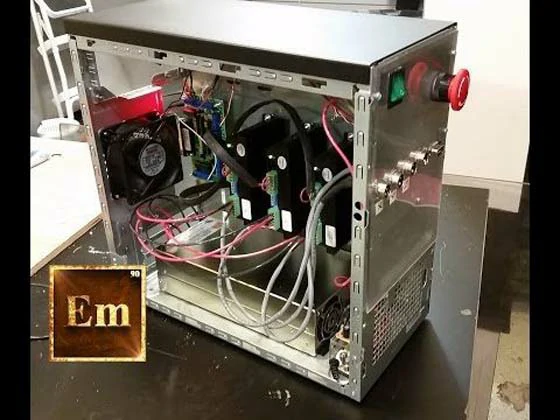Simulation and Optimization Practice of Digital Twin Technology in 5-axis CNC Machining Processes
Simulation and Optimization Practice of Digital Twin Technology in 5-axis CNC Machining Processes
Introduction
In recent years, with the rapid development of manufacturing technology, the demand for high-precision and complex-shaped products has increased. 5-axis computer numerical control (CNC) machining has emerged as one of the key manufacturing processes to meet this demand. To improve the efficiency and accuracy of 5-axis CNC machining, digital twin technology has been widely adopted. This article aims to explore the simulation and optimization practices of digital twin technology in 5-axis CNC machining processes.
Overview of Digital Twin Technology
Digital twin technology is a virtual representation of a real-world object or system. It integrates physical and virtual worlds through the use of sensors, data analysis, and machine learning algorithms. In the context of 5-axis CNC machining, a digital twin can simulate and optimize the entire machining process, from tool path planning to final product inspection. By accurately modeling and predicting the behavior of the machining system, digital twin technology enables manufacturers to identify and address potential issues before they occur, leading to improved efficiency and reduced costs.
Simulation of 5-axis CNC Machining Processes
The first application of digital twin technology in 5-axis CNC machining processes is simulation. By creating a digital twin of the machining system, manufacturers can virtually simulate the entire machining process and evaluate different machining strategies. This allows them to optimize tool paths, select appropriate cutting parameters, and minimize machining errors. Moreover, the digital twin can accurately simulate the dynamic behavior of the machine, including vibrations, heat generation, and tool wear, enabling manufacturers to predict and prevent potential issues that may affect the machining accuracy and surface quality.
Optimization of Tool Path Planning
The next application of digital twin technology in 5-axis CNC machining is the optimization of tool path planning. Tool path planning plays a crucial role in determining the machining efficiency and accuracy. With the help of digital twin technology, manufacturers can analyze and optimize tool paths based on various factors, such as cutting forces, tool life, and surface finish requirements. By considering these factors during the planning stage, manufacturers can generate optimized tool paths that minimize tool wear, reduce machining time, and improve surface quality.
Real-time Monitoring and Control
Another important aspect of digital twin technology in 5-axis CNC machining is real-time monitoring and control. By integrating sensors and data analysis algorithms into the digital twin, manufacturers can monitor the machining process in real-time and detect any deviations from the expected behavior. This allows for proactive maintenance and adjustment of machining parameters to ensure the desired machining accuracy and product quality. Real-time monitoring also enables manufacturers to collect data for further analysis and improvement of the machining process, leading to continuous optimization and efficiency gains.
Conclusion
In conclusion, digital twin technology has brought significant advancements to the field of 5-axis CNC machining. The simulation capabilities of digital twins enable manufacturers to virtually model and optimize the machining process, reducing errors and improving efficiency. Additionally, digital twins facilitate the optimization of tool path planning, leading to better machining performance and surface quality. Real-time monitoring and control capabilities of digital twins allow for proactive adjustments and maintenance, ensuring the desired machining accuracy and productivity. As digital twin technology continues to evolve, it will undoubtedly play an increasingly crucial role in the future of 5-axis CNC machining.
.webp)

